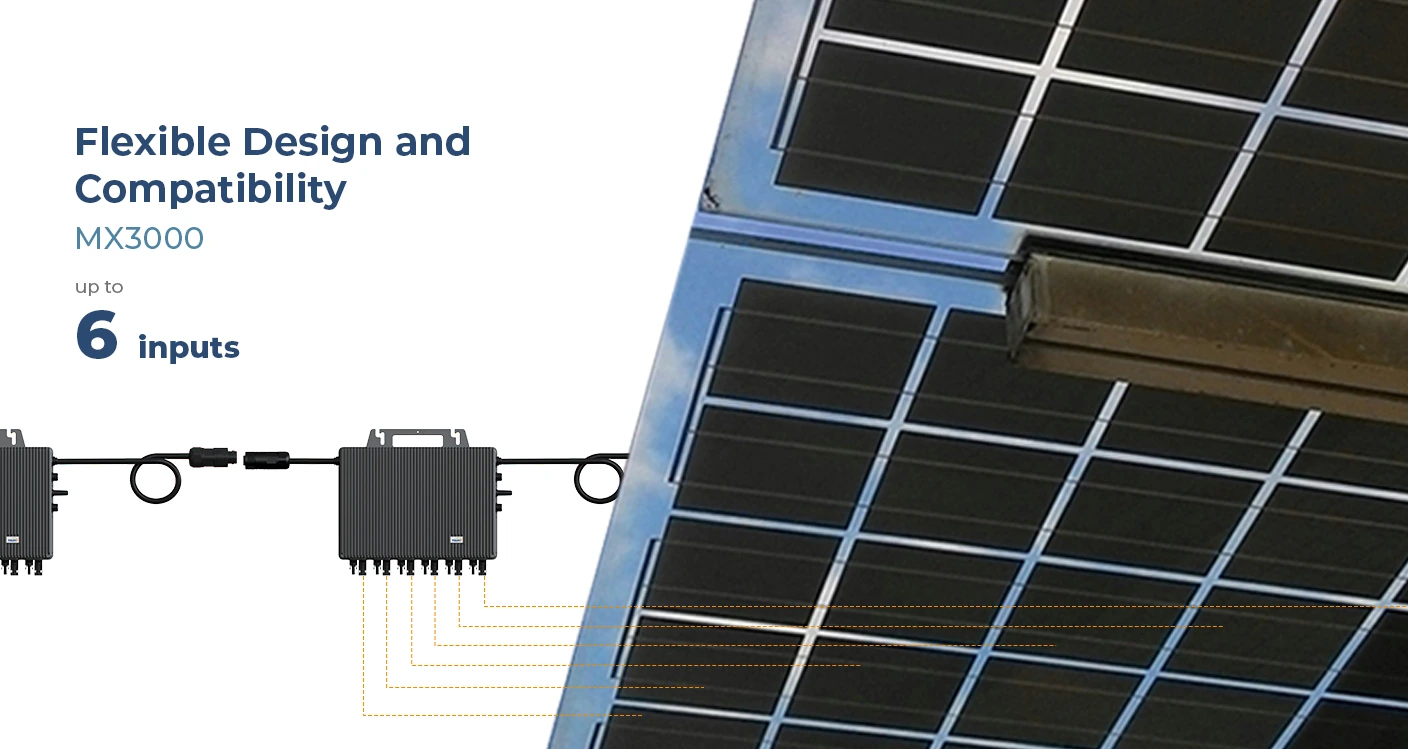Microinverters have emerged as a pivotal component in the realm of solar energy, particularly shining when it comes to small and medium-sized systems. The 500W microinverter, a powerhouse in the field, offers unparalleled benefits that largely outweigh those of its more traditional counterparts. Here we delve into the key aspects of why the microinverter 500W model is driving a revolution in solar energy systems across the globe.

The heart of the microinverter's appeal lies in its capacity to overcome numerous limitations posed by traditional string inverters. Firstly, its decentralized nature allows each solar panel to operate independently, optimizing the energy harvest from each individual panel regardless of shading or performance discrepancies across the system. The 500W microinverter model amplifies this advantage, making it particularly suitable for maximizing the output of high-wattage solar panels even in less-than-ideal conditions.
During a comprehensive study conducted over a two-year period by top solar researchers, homes equipped with 500W microinverters reported increased efficiency rates by up to 20%. This substantial improvement is attributed to the system's ability to eliminate the negative impact of partial shading—a common issue in urban and suburban installations where buildings, trees, or other structures might cast shadows over parts of a solar array. By allowing each panel to function independently, microinverters ensure that the performance of one panel does not compromise the output of the entire system.

Durability and reliability form another crucial pillar of the microinverter 500W’s appeal. Traditional string inverters are often a single point of failure in solar systems, meaning if one inverter fails, the entire system can be compromised. In contrast, with microinverters, the system is more resilient even if one unit fails, the rest of the array continues to function optimally. Customers who have transitioned to using microinverters remarked in testimonials provided at solar energy conferences that they experienced notably reduced downtime and maintenance costs due to the modular nature of their setups.
Enhanced monitoring capabilities further augment the microinverter 500W's allure. Most current models come with integrated communication interfaces that allow for real-time monitoring of each panel’s output via a smartphone or computer app. This level of granular insight means system owners can promptly address any performance issues, ensuring maximum efficiency and prolonged system life span. Installation specialists frequently highlight these advanced monitoring features during professional training sessions, underscoring their importance in both residential and commercial applications.
microinverter 500w
Safety is another area where the microinverter 500W takes precedence over its string-based counterparts. Traditional systems often involve high-voltage DC electricity running across the panels, which can be hazardous. Microinverters convert DC to AC at the panel level, significantly reducing the risk of electrical fires and complying with stringent electrical safety standards. This built-in safety feature has led to the increased adoption of microinverters in schools, hospitals, and other environments where safety takes precedence.
Moreover, fitting new or existing arrays with 500W microinverters could also contribute to the future-proofing of solar systems. As solar technology continues to rapidly advance, the flexibility of microinverters facilitates easy upgrades and expansions—ideal for homeowners or businesses that anticipate future power needs. According to industry reports and expert panels, the demand for scalable and adaptable solar solutions is projected to grow, marking microinverters as a sustainable choice for long-term investment.
Finally, the ecological benefits of microinverters cannot be overstated. By optimizing solar collection and reducing grid reliance, these systems play a vital role in decreasing carbon footprints and championing cleaner energy production. Studies by environmental agencies have consistently recognized solar systems with microinverters as key contributors to reducing greenhouse gas emissions, thus easing the pressure on traditional power sources.
In conclusion, the 500W microinverter represents a fusion of innovation, efficiency, and security, standing as the embodiment of advanced solar energy technology. With their ability to enhance output, ensure safety, and provide long-term viability, these systems are not merely a trend but a cornerstone of future energy solutions. Embracing microinverters signifies a commitment to harnessing the sun’s power with unmatched precision and sustainability—benefits that will not just optimize energy production but also fortify environmental stewardship for generations to come.
 LEARN DETAILS
LEARN DETAILS
 News
News



